Modern Slavery & Child Trafficking
What is Modern Slavery?
Modern Slavery is a crime in which people are treated as commodities and exploited for criminal gain. It can encompass slavery, servitude, forced and compulsory labour and human trafficking.
It is a global issue which transcends age, gender, ethnicities, and borders. Victims of modern slavery may have been brought legally or illegally from overseas, or they may be British citizens living in the United Kingdom.
The common factors are that a victim is, or is intended to be, used or exploited for someone else’s (usually financial) gain, without respect for their human rights. The perpetrators seeking to take advantage of them could be private individuals, running small businesses or part of a wider organised crime network.
-
The Modern Slavery ActShow detailsThe act encapsulates both the holding of a person in a position of slavery, servitude forced or compulsory labour and Human Trafficking which involves moving a person for the purpose of exploitation (sexual exploitation, forced labour, forced criminality, organ donation, servitude or slavery).
Read more The Modern Slavery Act 2015
Modern Slavery / County Lines
County lines is a form of human trafficking which is prevalent in so many countries, especially cities in the UK.
December 2021
Children are the most at risk of being exploited by organised crime groups, with children as young as six years old transporting illegal substances.
Created by It's a Penalty's Student Ambassadors and Sussex Police, this video explains the links between county lines and modern slavery, the risk to children and the trauma that is often overlooked and misunderstood even by survivors.
Risk factors of Modern Slavery
Anyone, regardless of age, gender, ethnicity and sexuality, can be at risk of modern slavery, however, traffickers or 'modern slavery perpetrators' often target more vulnerable children as they are easier to manipulate and coerce.
Vulnerability factors include:
- Limited/sporadic school attendance see 7 Point Briefing on Educational Neglect
- Missing episodes (especially from care) see Missing From Home & Care page
- Expressing fear or anxiety
- Signs of psychological trauma (including post-traumatic stress disorder)
- Sexually transmitted diseases
- Underage pregnancy
- Inappropriate sexual behaviour see Understanding Sexual Behaviour page
- Substance misuse
- Limited social contact/isolation
- Lack of access to medical care
- Injuries apparently a result of assault or controlling measures
- A lack of belongings (a limited/no change of clothes, unsuitable for activity)
- Unexplained or untreated injuries and bruising
- Malnourished
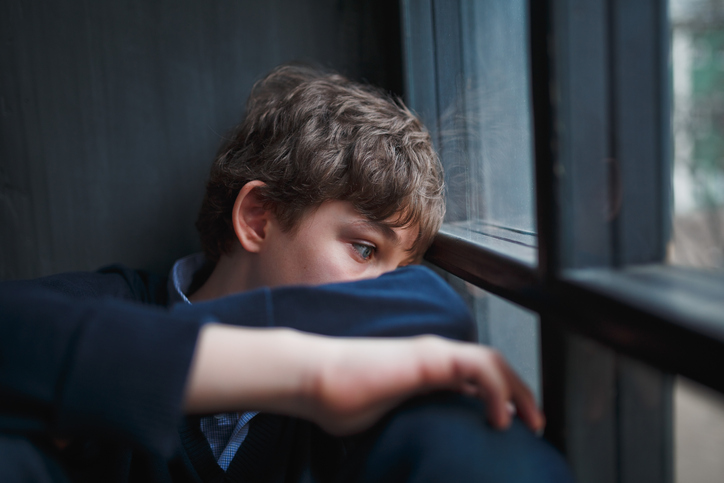
Spotting the Signs of Modern Slavery
Signs can be very similar to other types of exploitation such as children showing signs of neglect and malnourishment, or appearing withdrawn, anxious and frightened, however there are some more specific signs:
- Unaware of their home address
- Unsuitable clothes for the weather
- Reluctance to make eye contact or speak to people
- They have untreated injuries
- Underage pregnancy
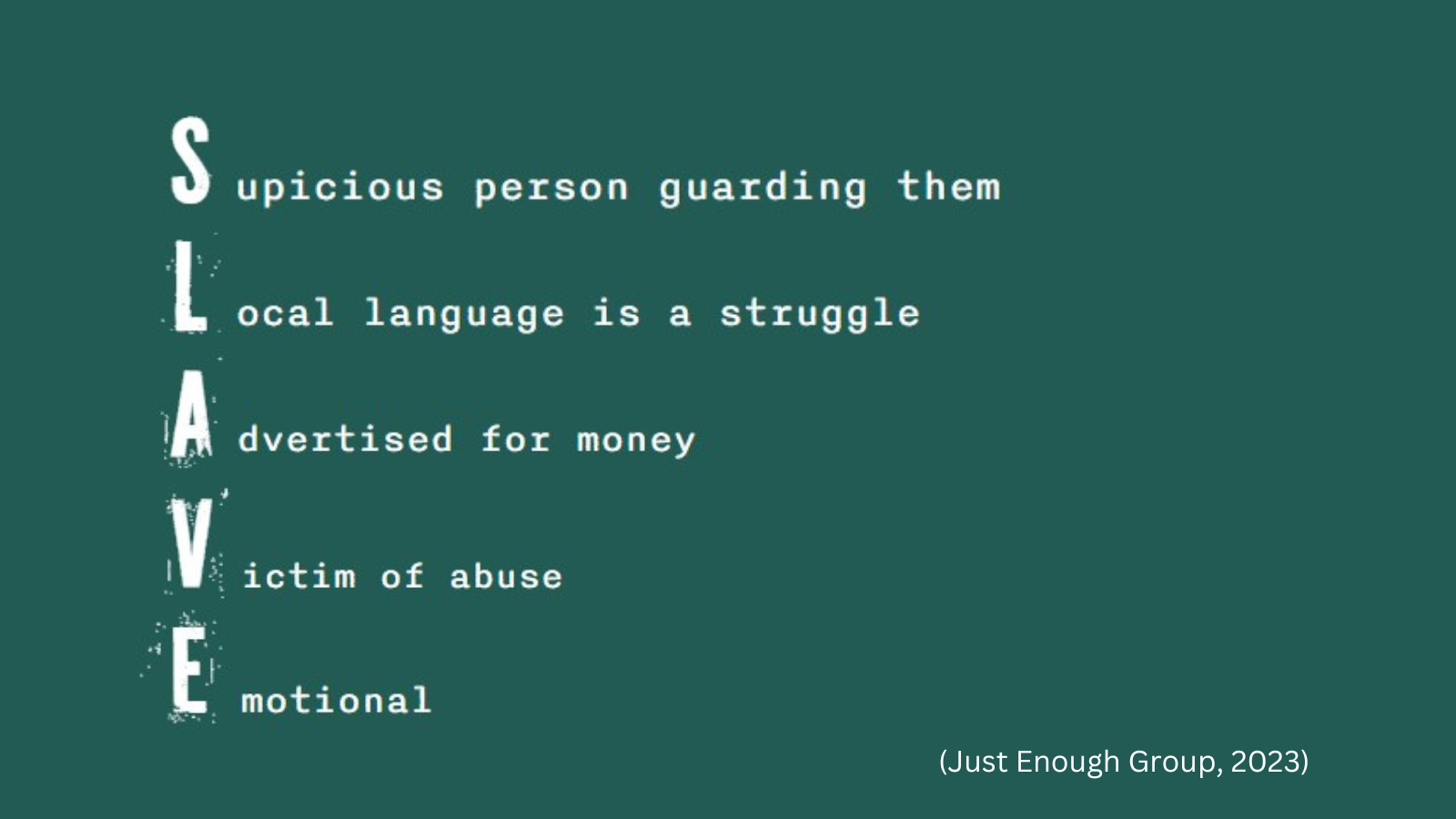
What is Child Trafficking?
Child Trafficking is a form of Modern Slavery, exploitation and is abuse.
Children are coerced, deceived or forced into the control of others who seek to profit from their exploitation and suffering. Exploitation takes a number of forms, including sexual exploitation, forced labour, forced criminality, begging, organ harvesting, and domestic servitude and victims may come from all walks of life.
Children are trafficked for:
- Sexual and/or Criminal Exploitation
- Forced Marriage
- Forced Labour (factories, agriculture)
- Domestic Slavery (cooking, cleaning, childcare)
- Undertaking crimes, like theft, working on cannabis farms or moving and selling drugs.
-
More about Child TraffickingShow detailsTrafficked children experience many types of abuse and neglect. Traffickers use physical, sexual and emotional abuse as a form of control. Children and are also likely to be physically and emotionally neglected and may be sexually abused.
Children who are trafficked for the purpose of exploitation, may not always recognise that what is happening to them is trafficking, or may possibly be too afraid to seek help due to a threat of harm towards them, or in some cases to their friends and family. Children need intensive support to recover from such experiences and to keep them safe in the future.
Spotting the signs of Child Trafficking
- Carrying large amounts of cash and using it to pay for travel/ food
- Going missing from home and/or low attendance at school
- Appearing anxious, frightened, withdrawn, angry or showing signs of neglect
- Living in low-standard accommodation, being orphaned or living apart from family
- Be unsure which country, city or town they are in
- Traveling alone, including taxis /public transport
- Can’t / are reluctant to share personal information or where they live
- Not be registered with a school or GP practice
- Be seen in inappropriate places such as factories or brothels
- Carrying weapons
- Unexplained acquisition of money, clothes or mobile phone
- Have injuries from workplace accidents
- Give a prepared story which is very similar to stories given by other children
- Being in contact with known criminals or traffickers
- Rarely leaving their house and having no time to play
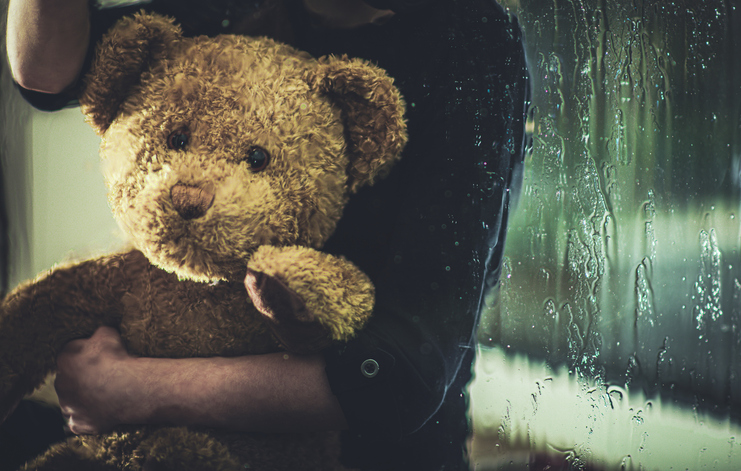
What effect can trafficking have on children?
Trafficking can have both short-and long-term effects and the impact can last a lifetime.
Children who've been trafficked may:
- Not understand what's happened to them is abuse, especially if they've been groomed
- Believe they're in a relationship with their abuser and unaware they're being exploited and trafficked
- Think they played a part in their abuse or have broken the law
- Feel very guilty or ashamed about the abuse they've suffered
- Have poor mental health and be suffering from the effects of neglect and abuse
- Feel distressed and alienated if they've been separated from their families, friends, communities and cultures
- Have limited social and emotional development
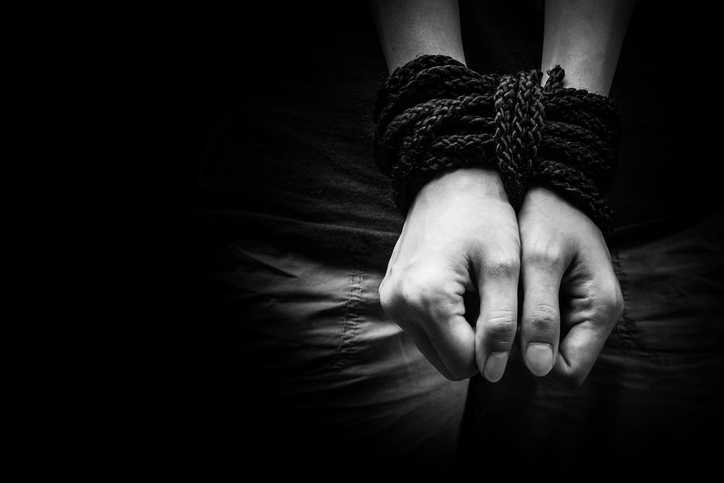
Next steps to consider
-
What to do if you suspect Modern Slavery and Child Trafficking?Show detailsKey:
-
What is the National Referral Mechanism (NRM)?Show detailsThe National Referral Mechanism (NRM) was introduced in 2009 as a framework for identifying and referring potential victims of modern slavery and human trafficking in the UK.
It aims to ensure that victims receive appropriate protection and support.
Consent is not required when referring a child to the National referral Mechanism (NRM).
For guidance and support when making a referral, please click here for information by the UK Home Office. -
Independent Child Trafficking Guardianship (ICTG)Show detailsThe ICTG service offers advice, guidance and support for children (aged under 18) who have been exploited through trafficking and Modern Slavery.
They also provide support, advice and guidance for professionals working with young people who are victims of trafficking and Modern Slavery.To learn more about the ICTG, when a referral should be made and to access their One Minute Guide, click here.
Modern Slavery & Child Trafficking Resources
Modern Slavery Awareness
This short video is aimed at health colleagues but contains important key messages for ALL who work or volunteer with children.
It's estimated that 13,000 men, women and children are trafficked for exploitation in the UK.
Developed by NHS England and the Independent Anti-Slavery Commissioner.
-
Modern SlaveryShow detailsThe One Minute Guide on Modern Slavery is coming shortly, please check back here soon
To view the Child Exploitation series of One Minute Guides visit our Child Exploitation Learning and Development page and read more about online, child criminal and financial exploitation.
-
Child TraffickingShow detailsThe One Minute Guide on Child Trafficking is coming shortly, please check back here soon
To view the Child Exploitation series of One Minute Guides visit our Child Exploitation Learning and Development page and read more about online, child criminal and financial exploitation.
-
How Professional Curiosity & Challenge can help youShow detailsBeing professionally curious and challenging is essential when it comes to identifying types of child exploitation, as some may occur in isolation whilst others alongside each other. It can be difficult to distinguish what type of exploitation a child is experiencing but having a contextual safeguarding approach to your assessment will help you to identify, prevent, disrupt and stop exploitation. Risks posed to a child may vary but can be as serious as death, we must therefore ensure the correct safeguarding response is considered when a child is being abused.
To understand what is meant by professional curiosity and challenge in the district and how to adopt this approach, please click below.
-
Show details
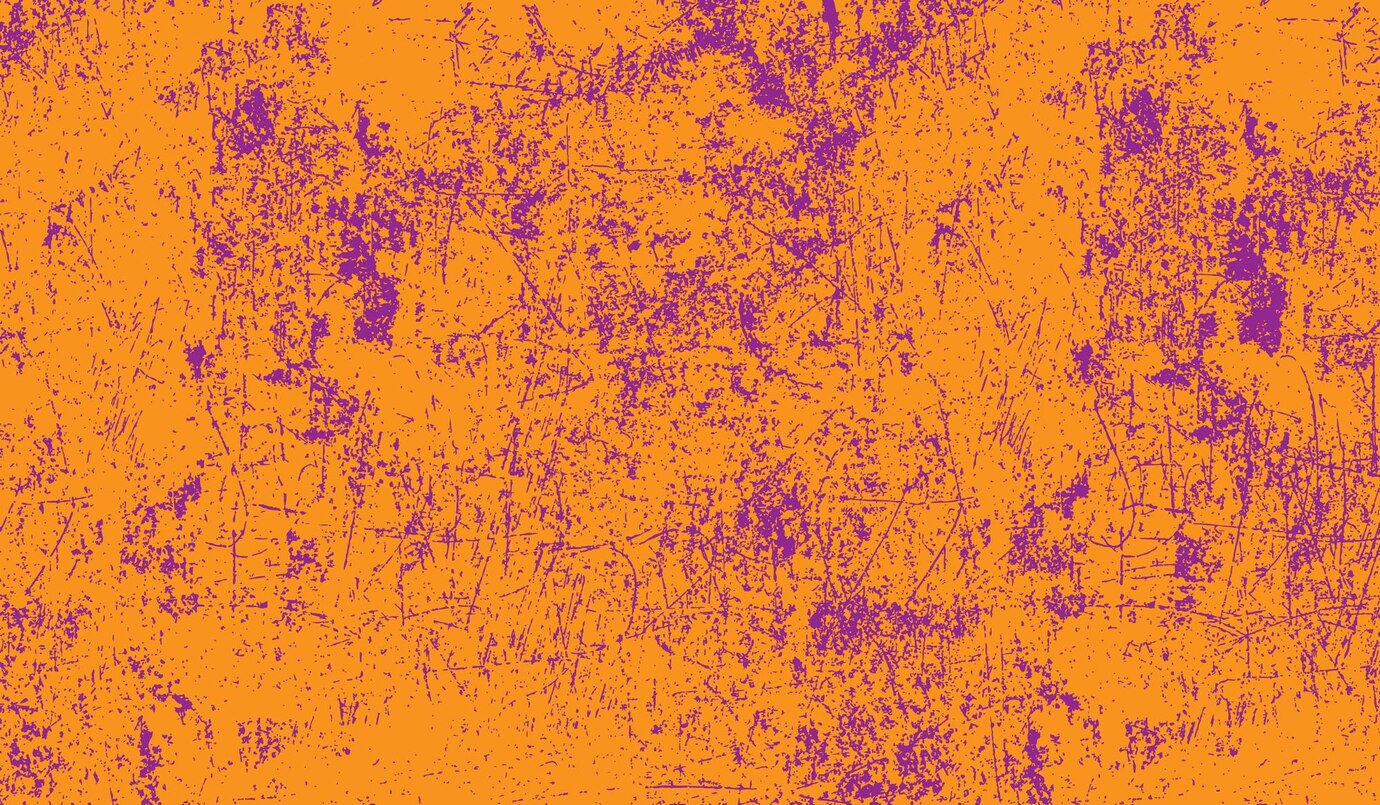 Learning & Development Access the range of Child Exploitation training, development and resources from WSCP, as well as signposting to local and national services on our
Learning & Development Access the range of Child Exploitation training, development and resources from WSCP, as well as signposting to local and national services on ourCE learning & development page.THere you will find links to current training offers, one minute guides, briefings, learning from reviews and signposting to local and national services that can help you with developing your skills and knowledge around Child Exploitation.
Further reading
Quick Links
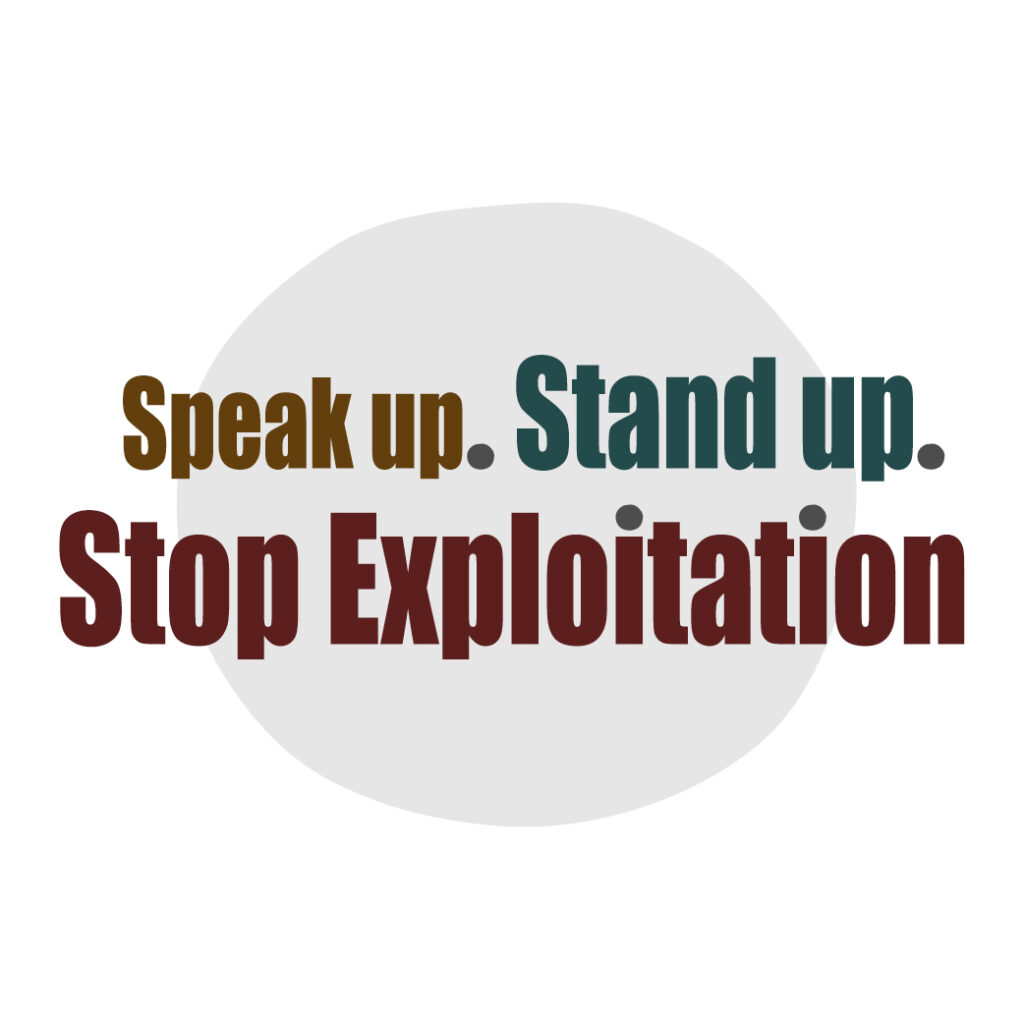
Tell me more information about the #SpeakUpStandUp campaign!

 Back to main website
Back to main website